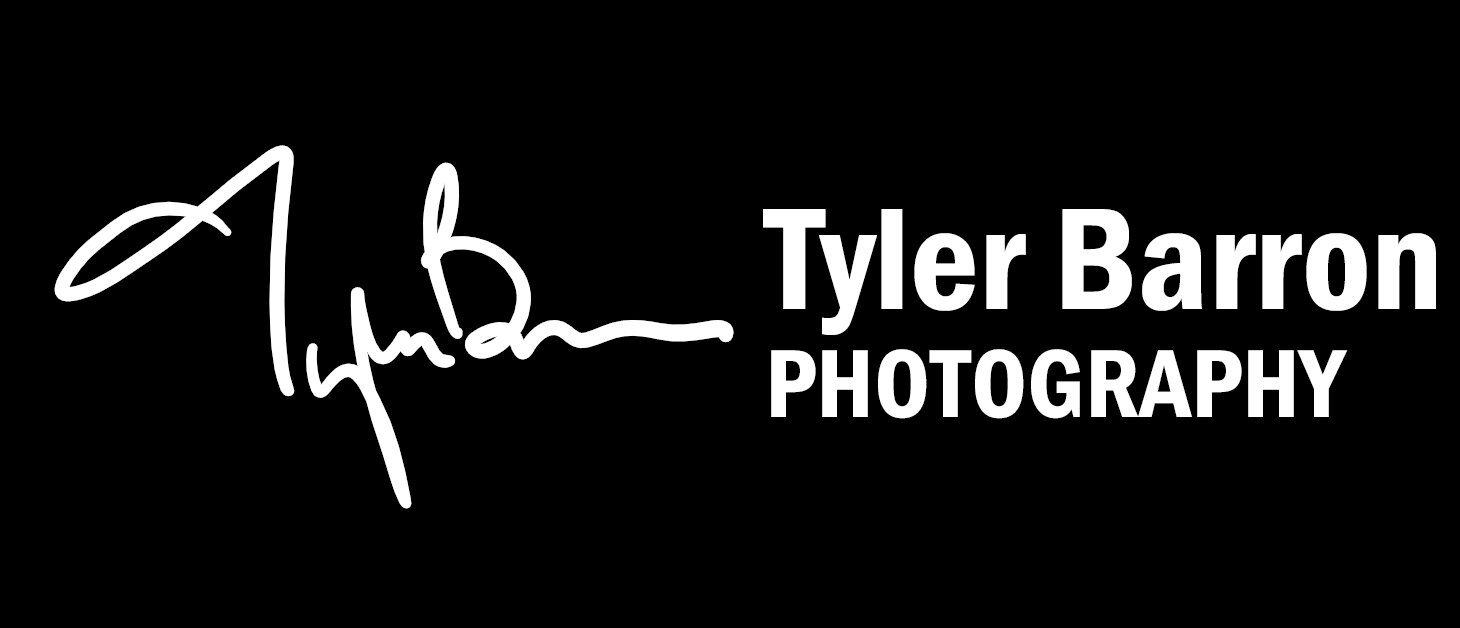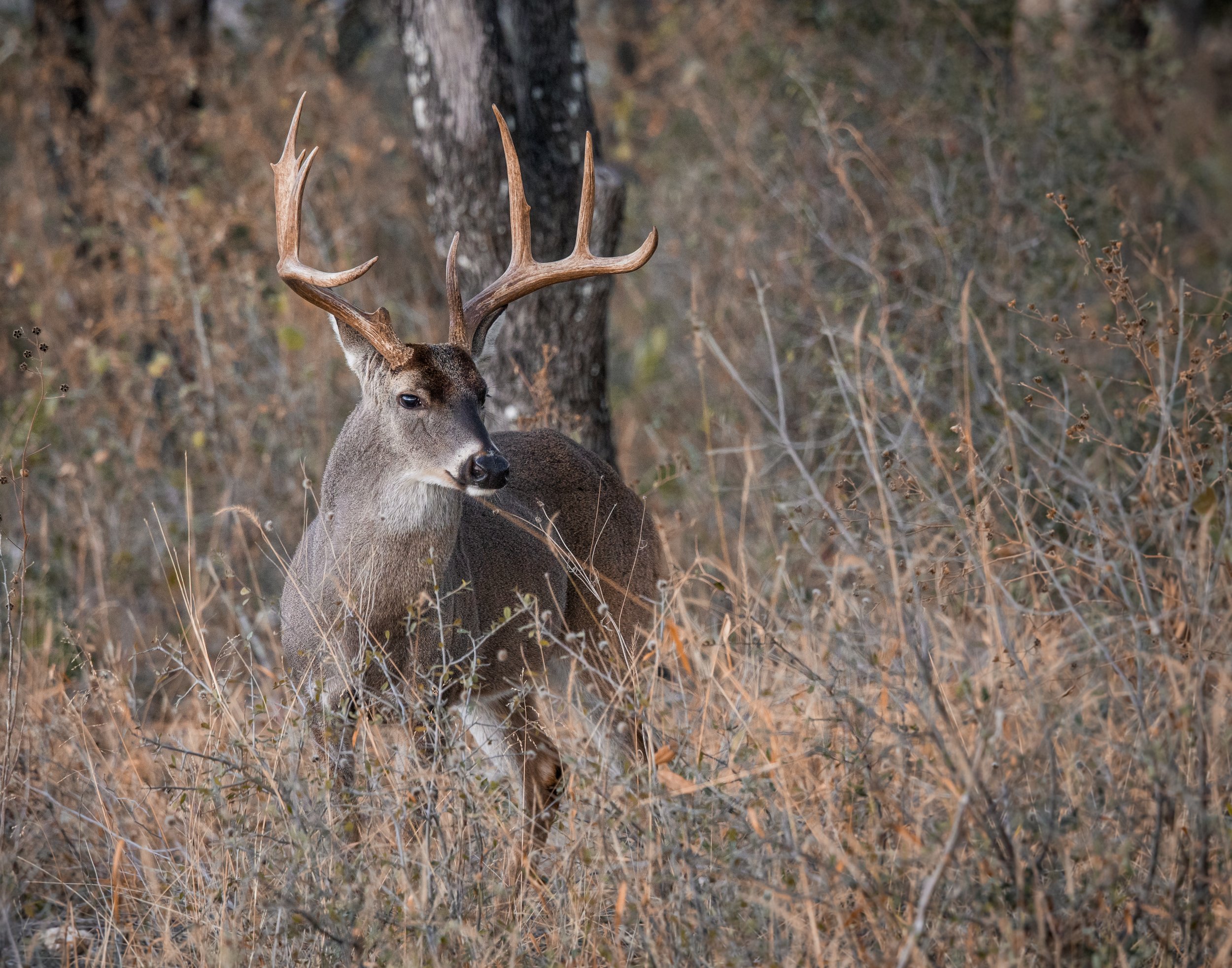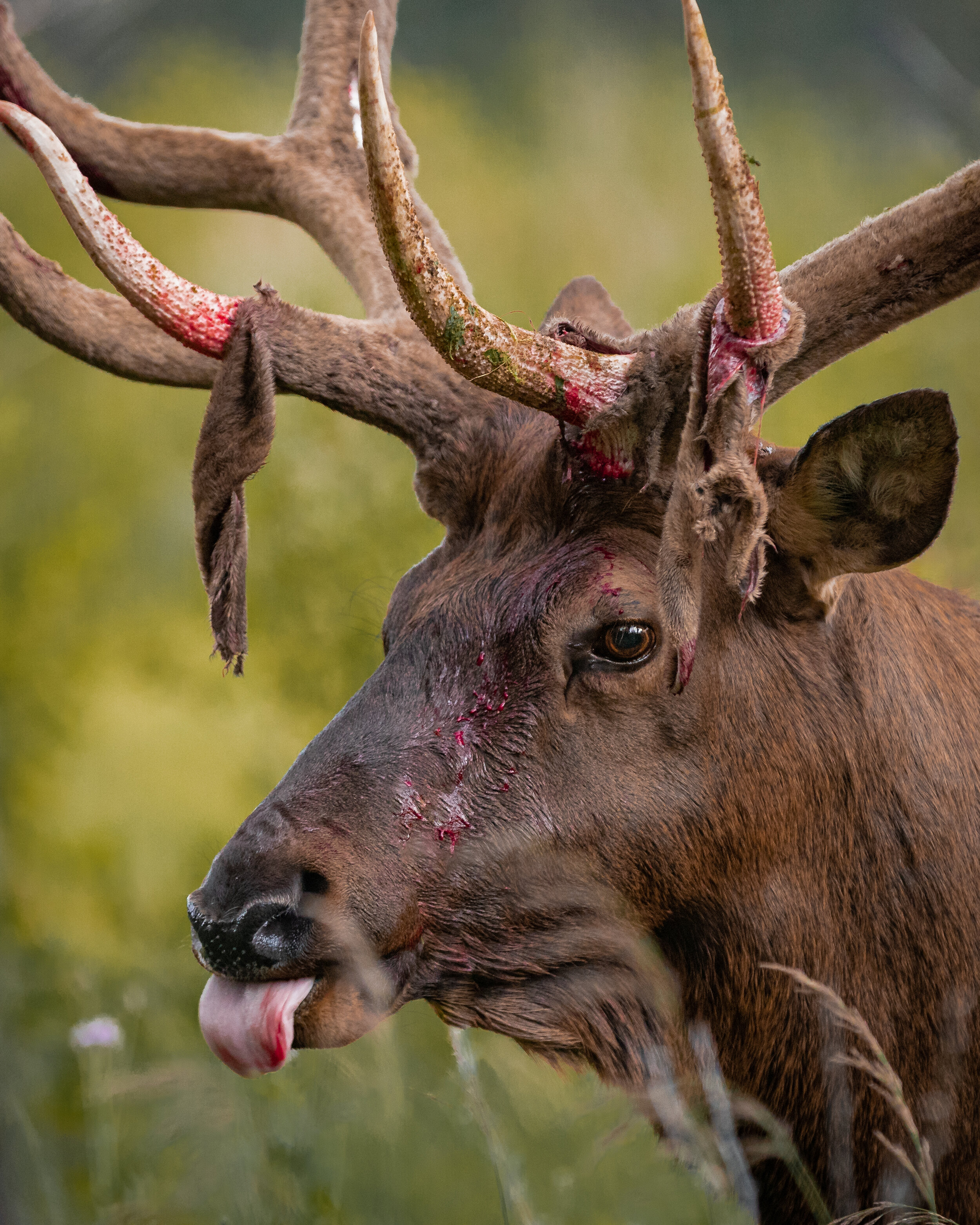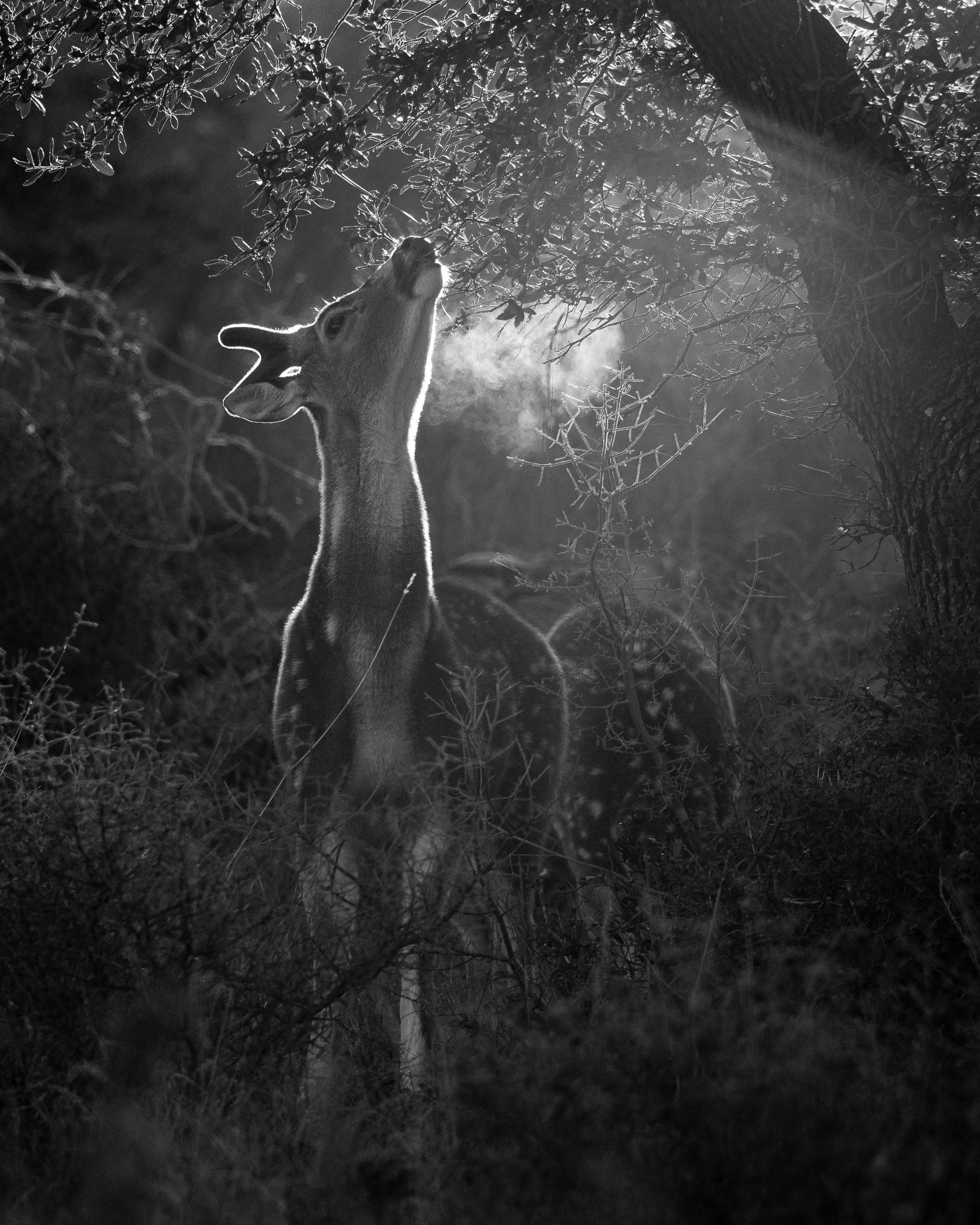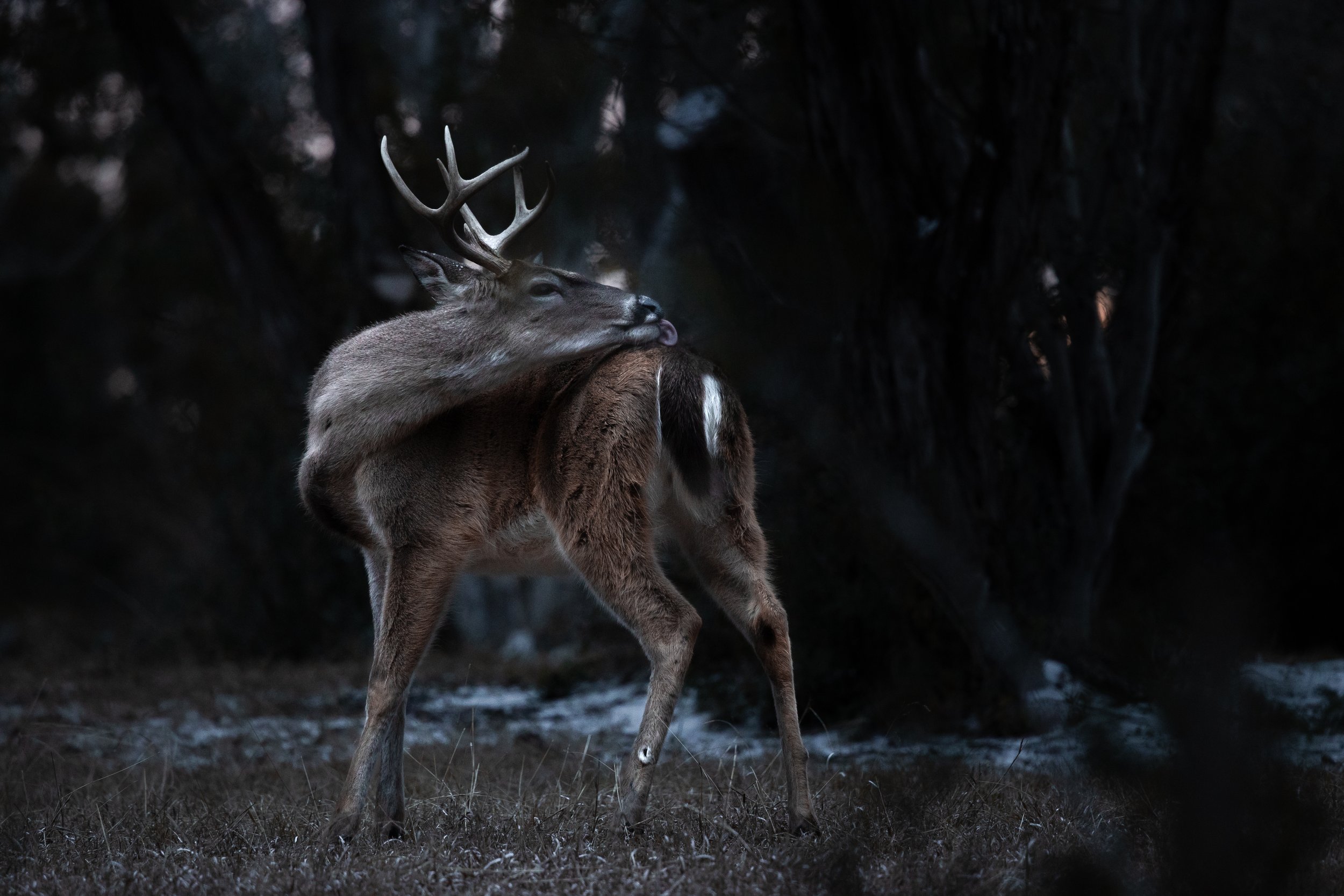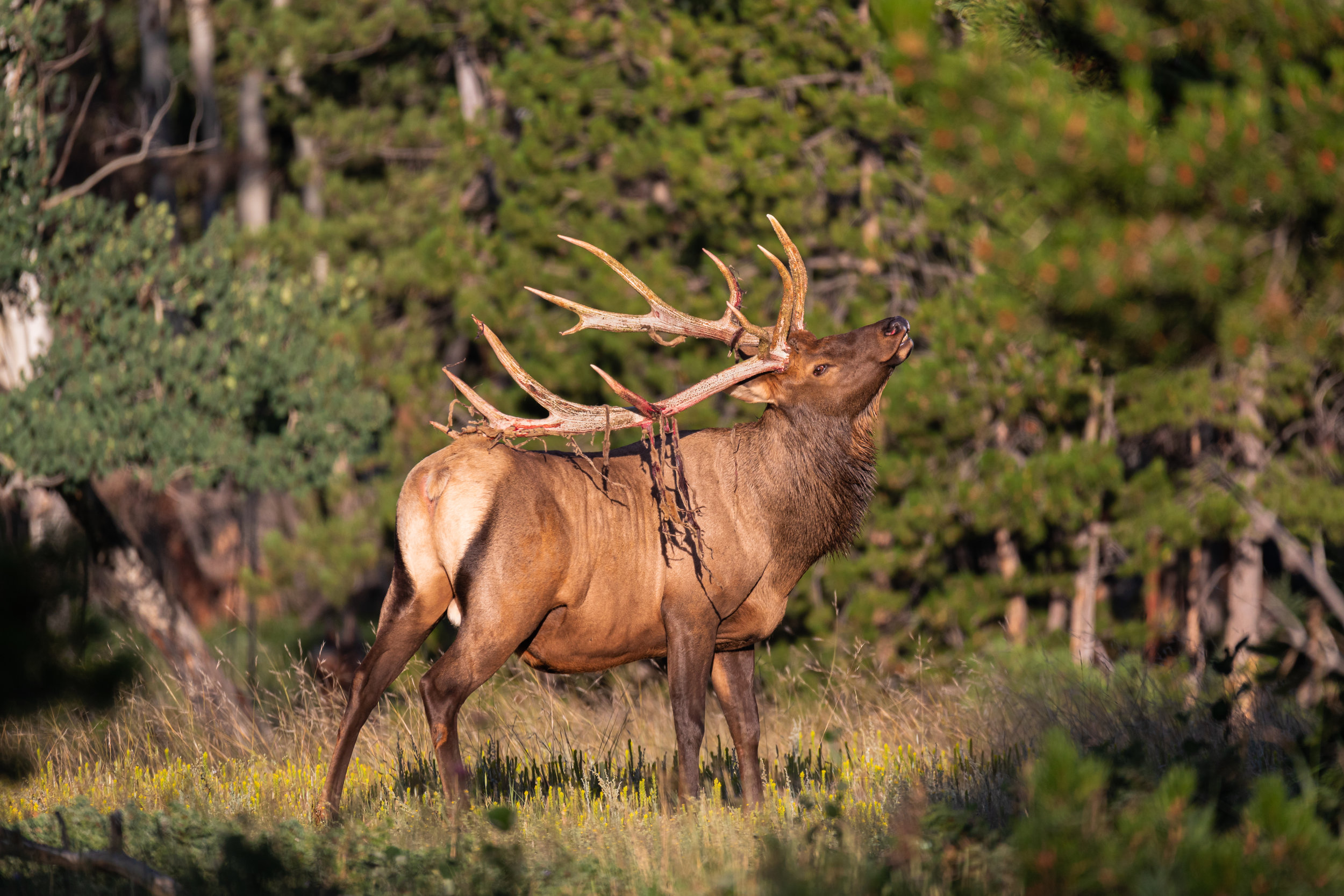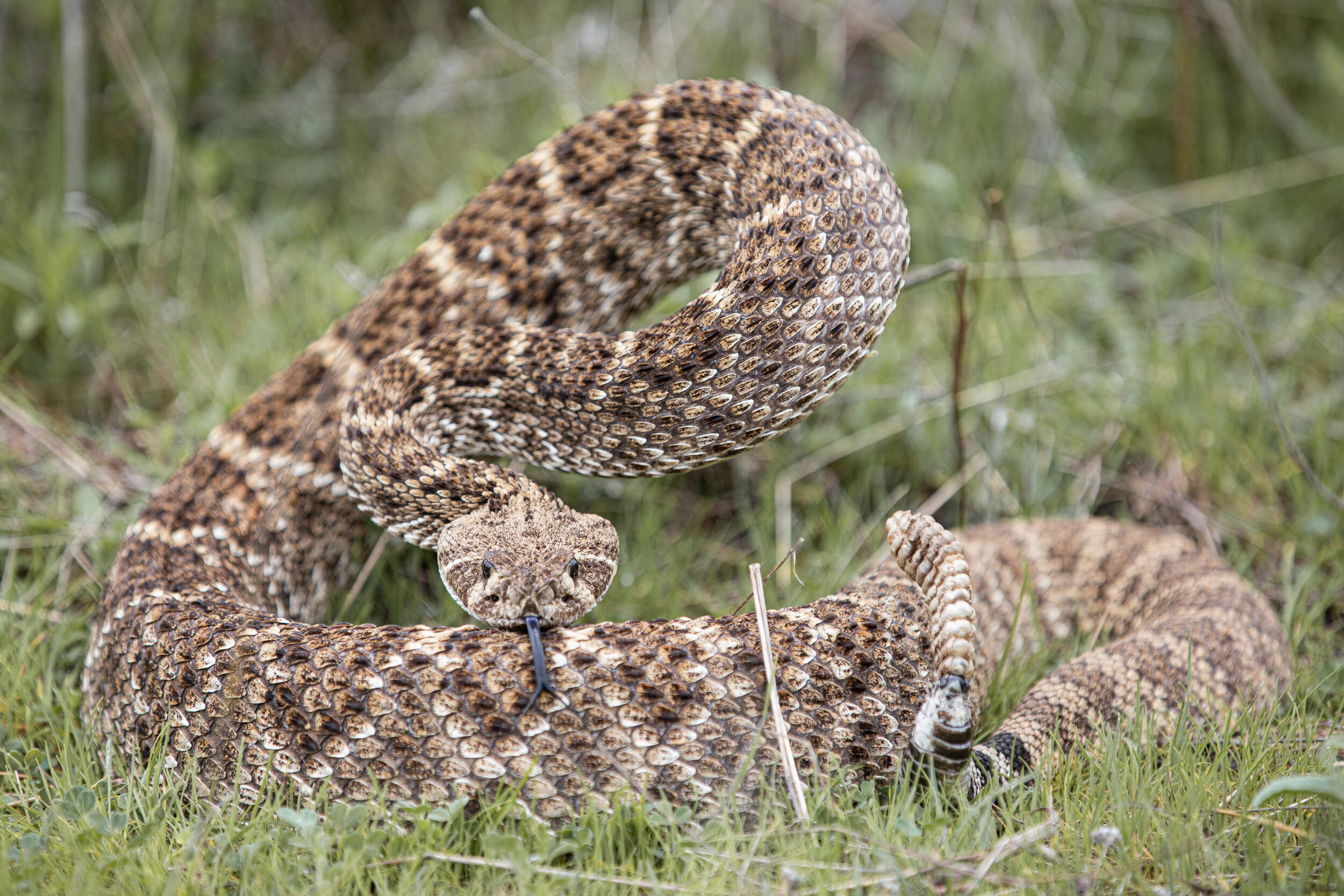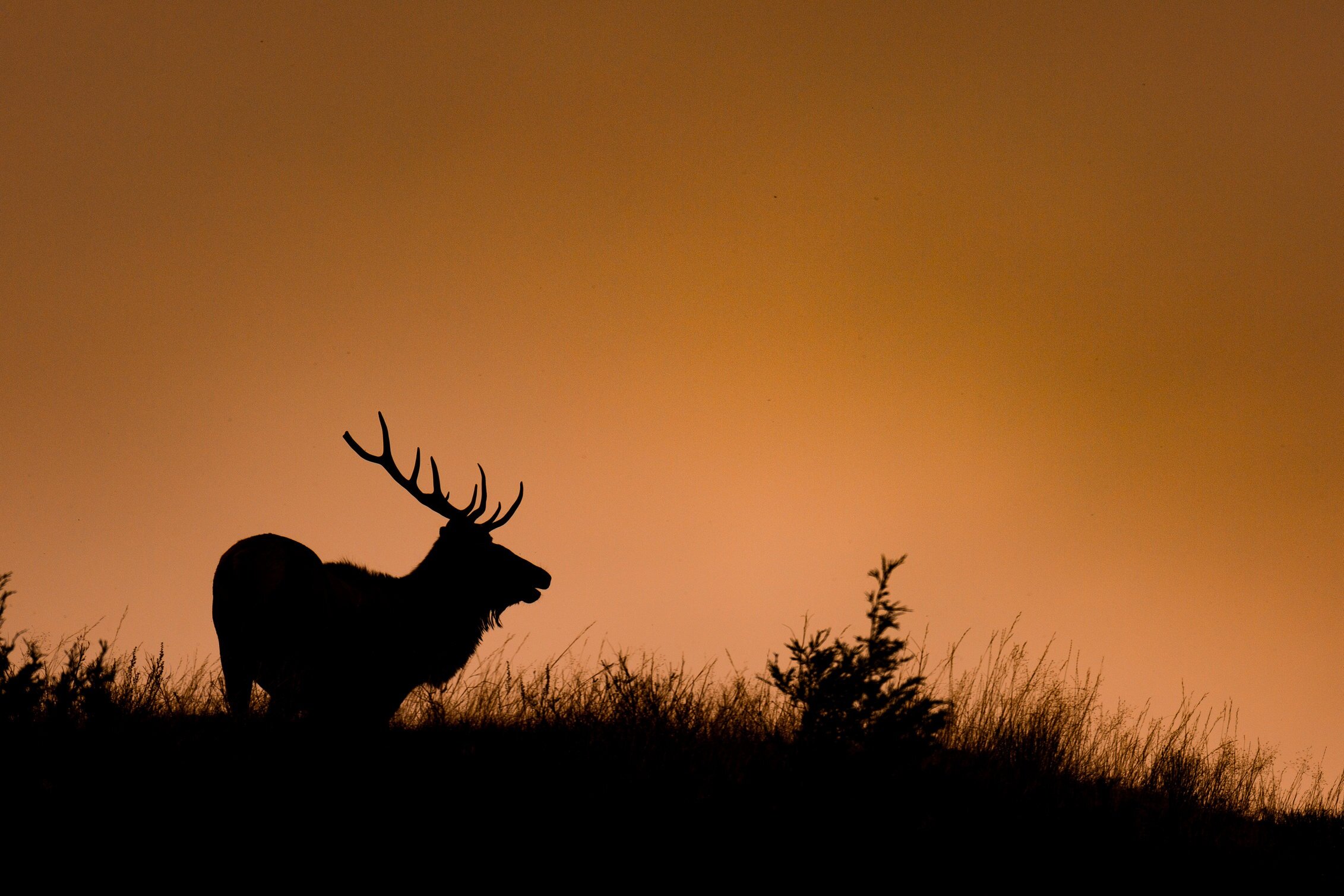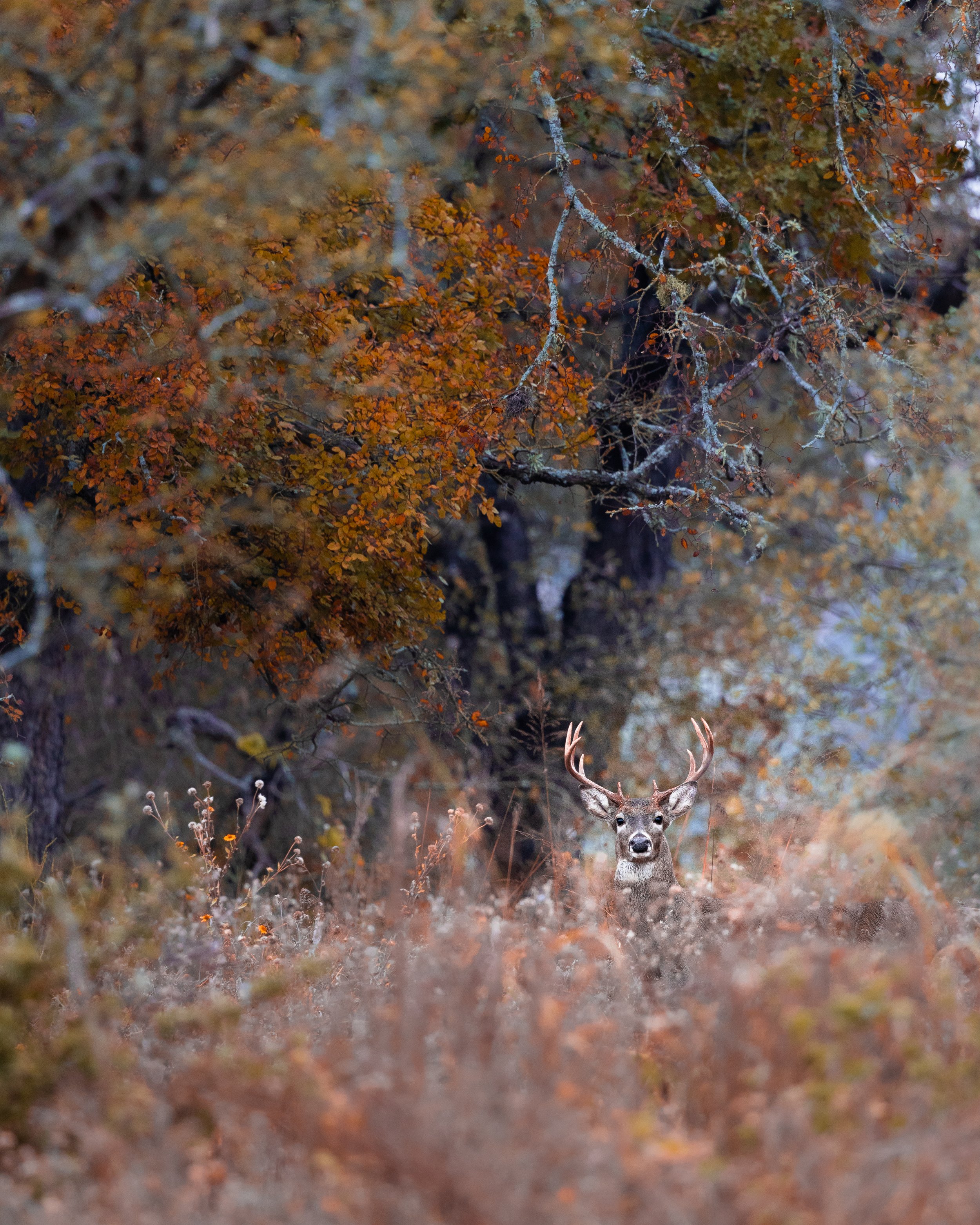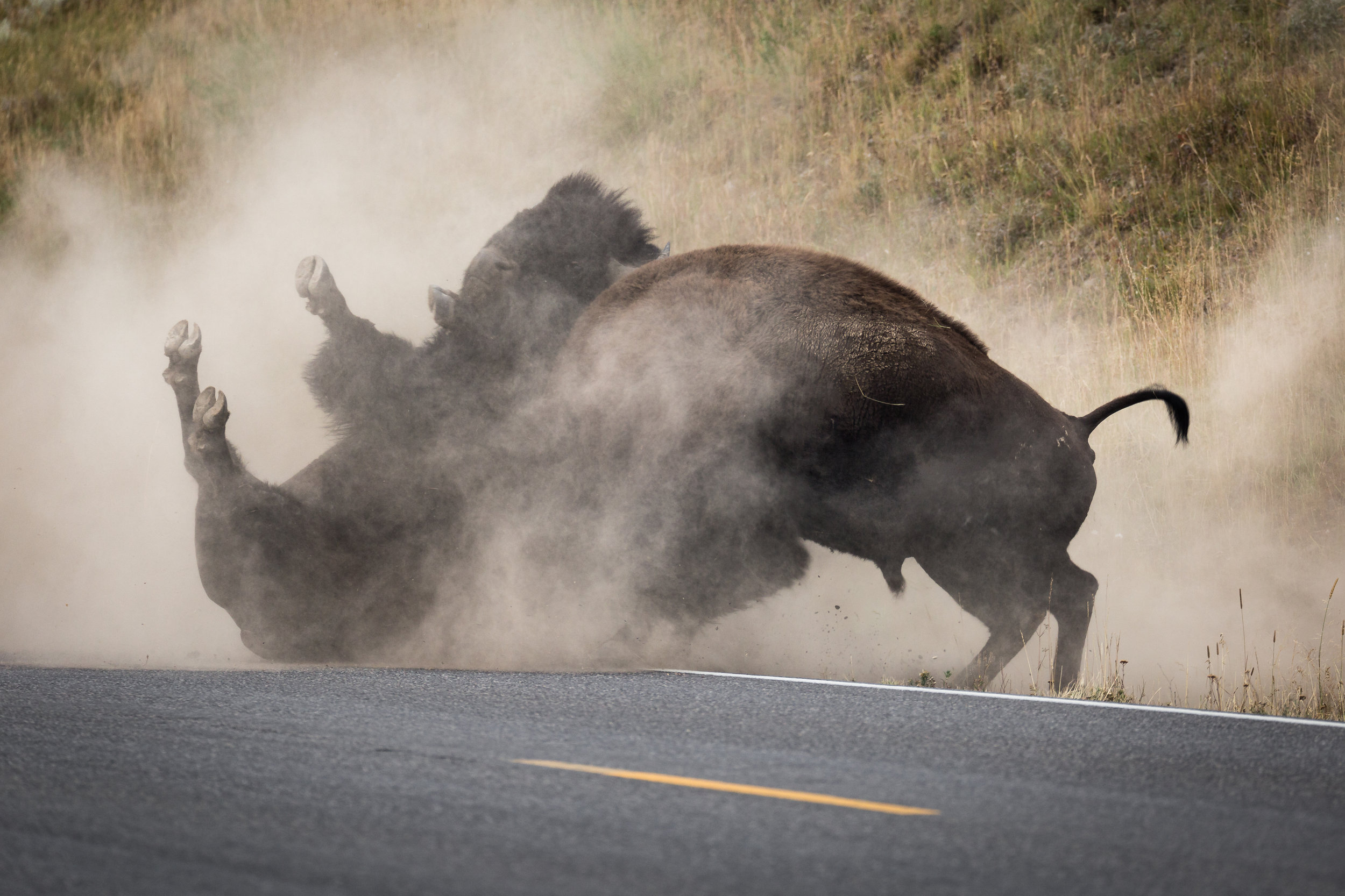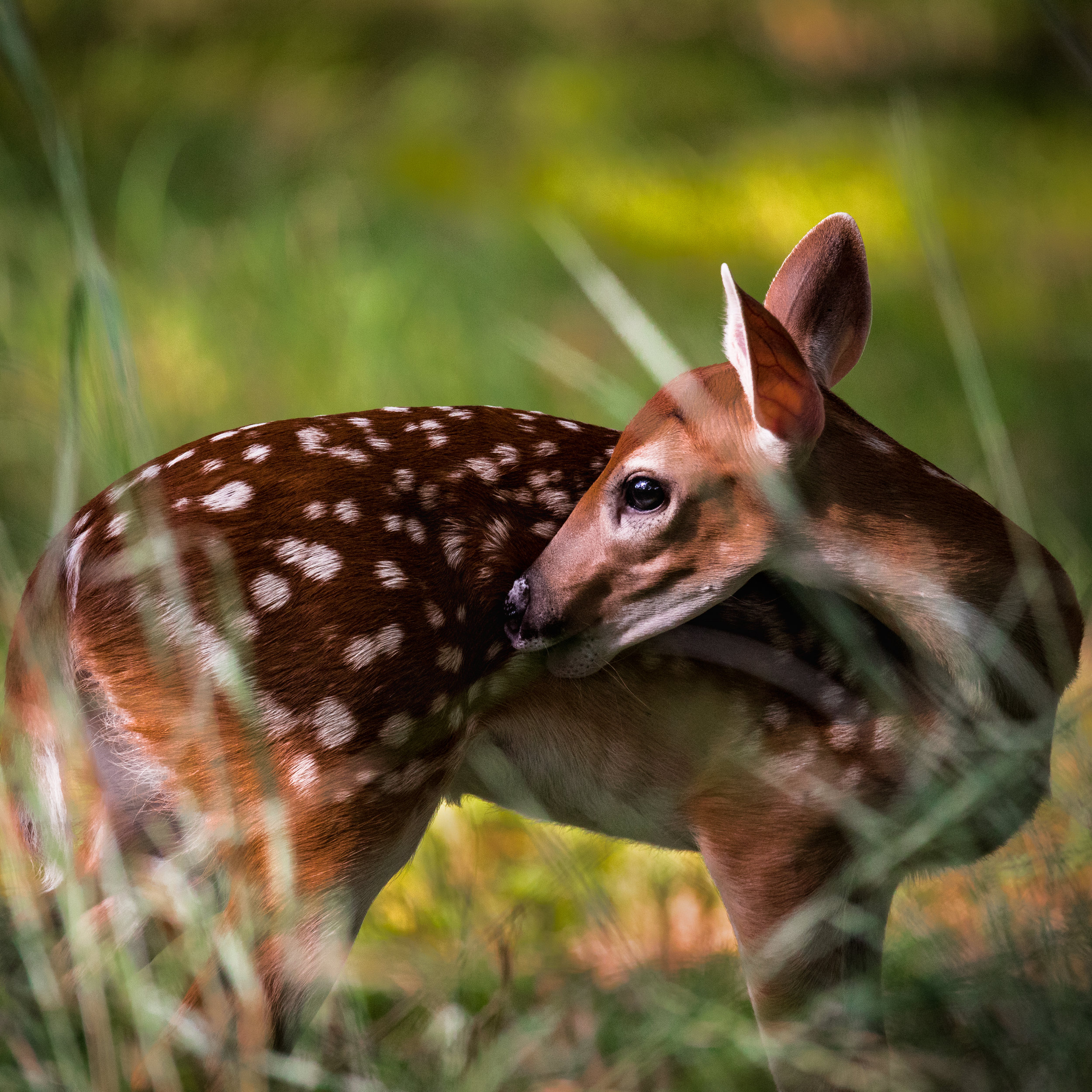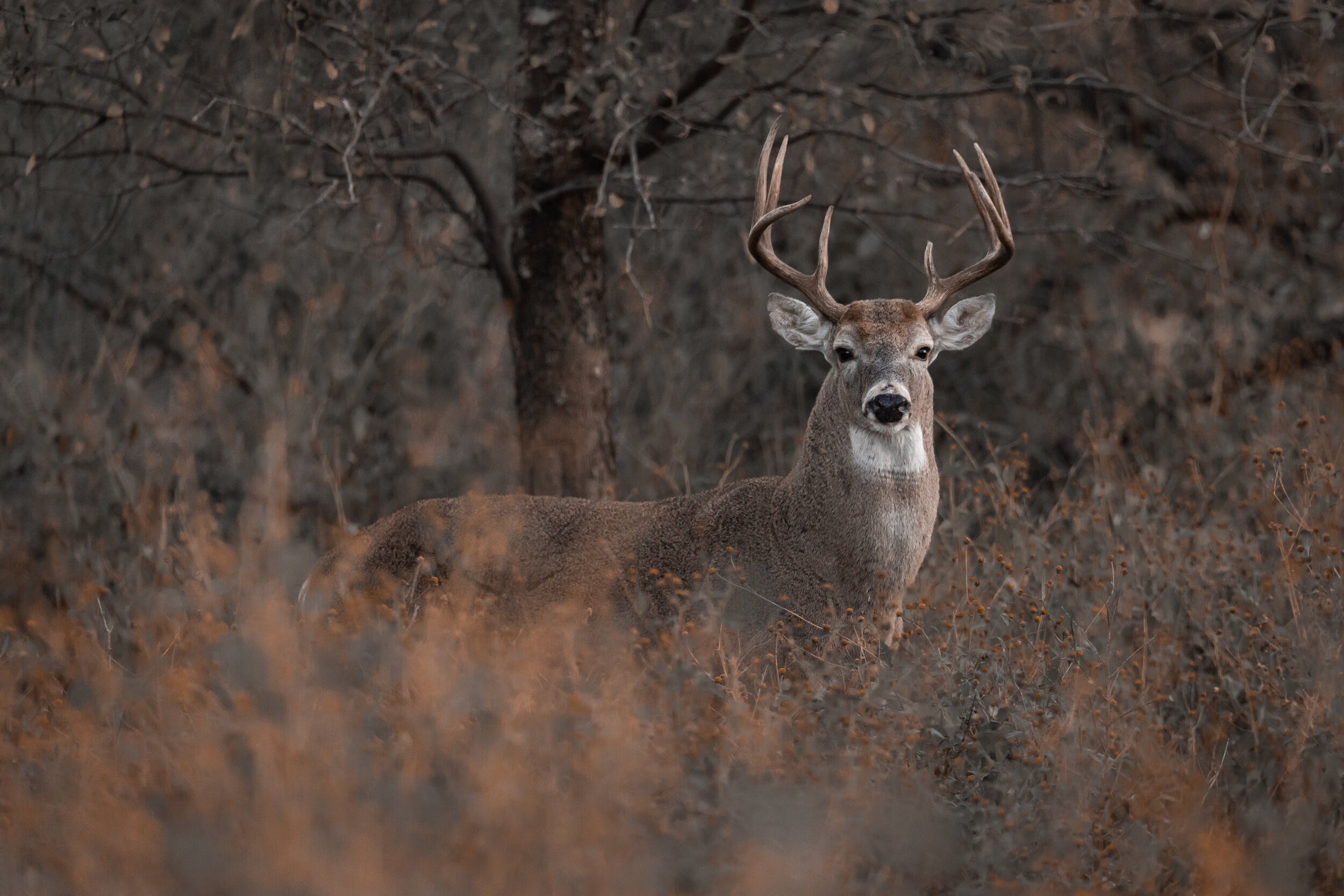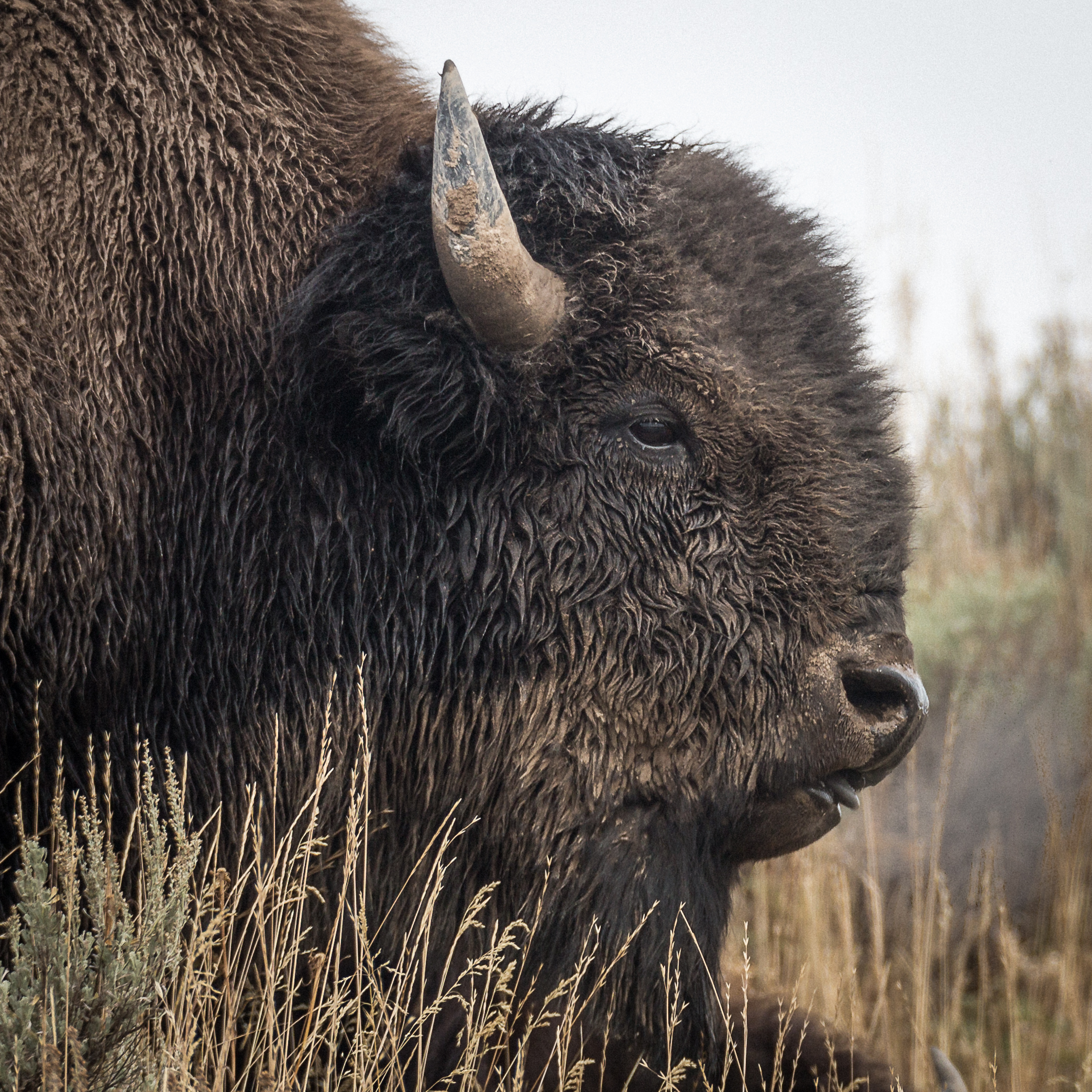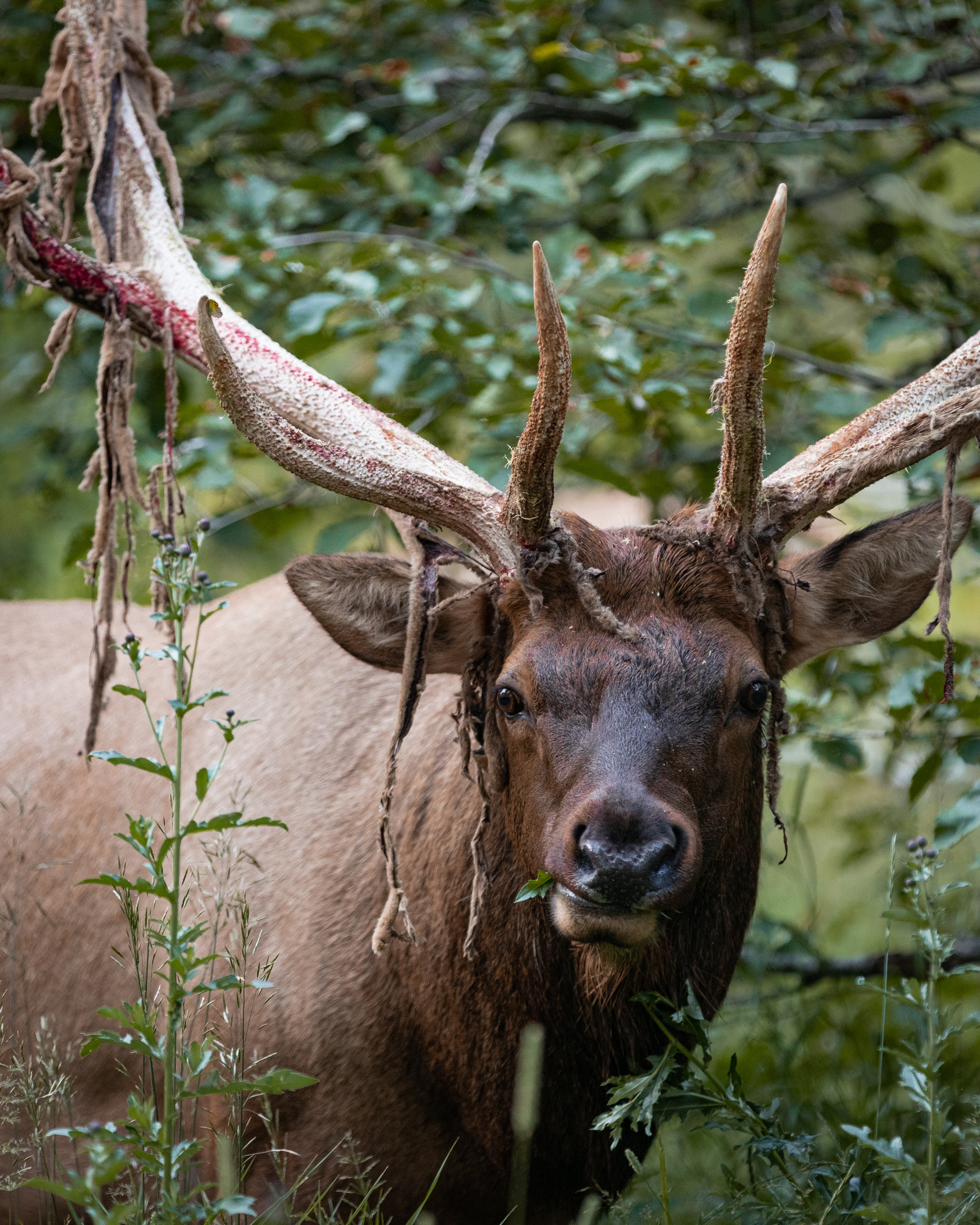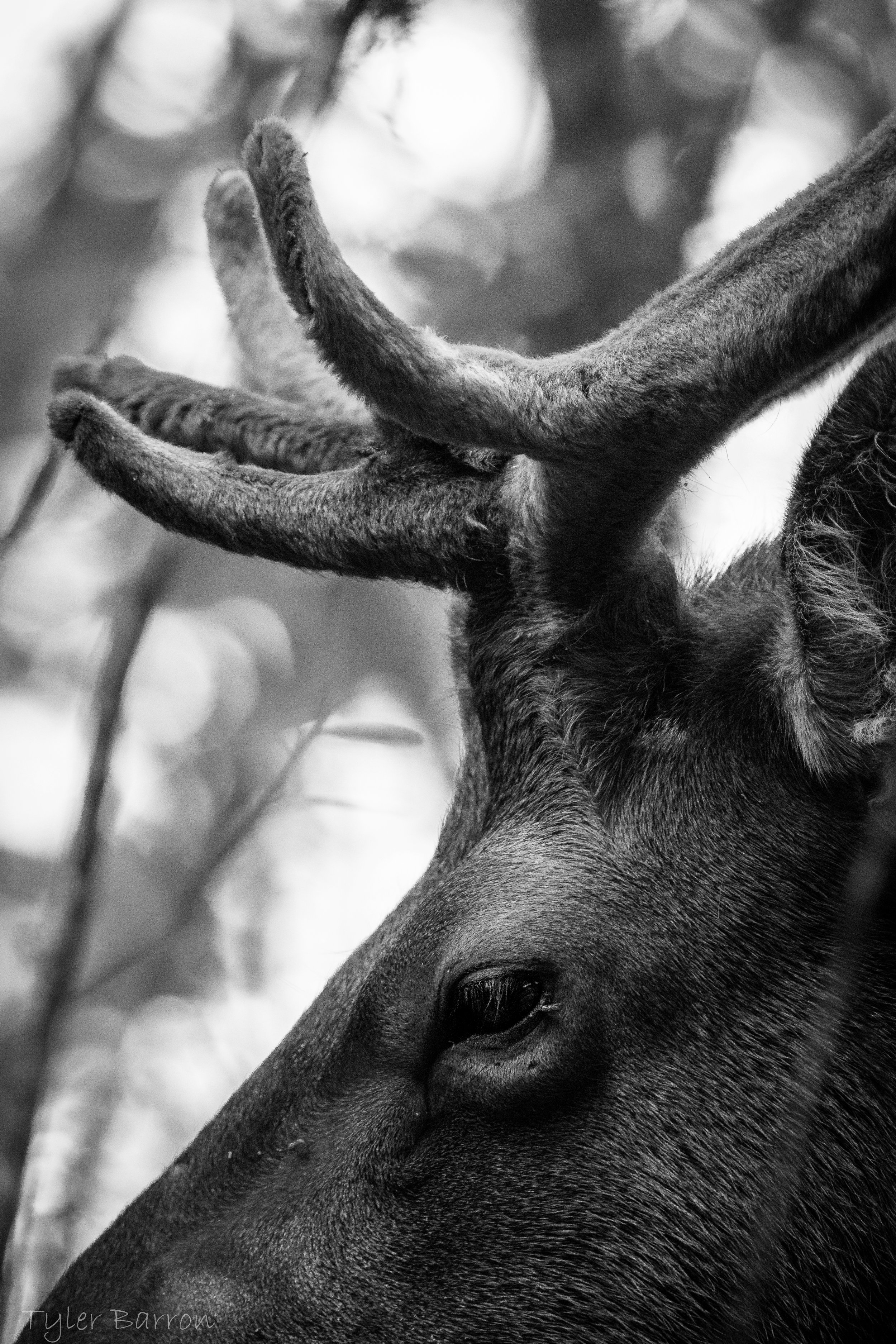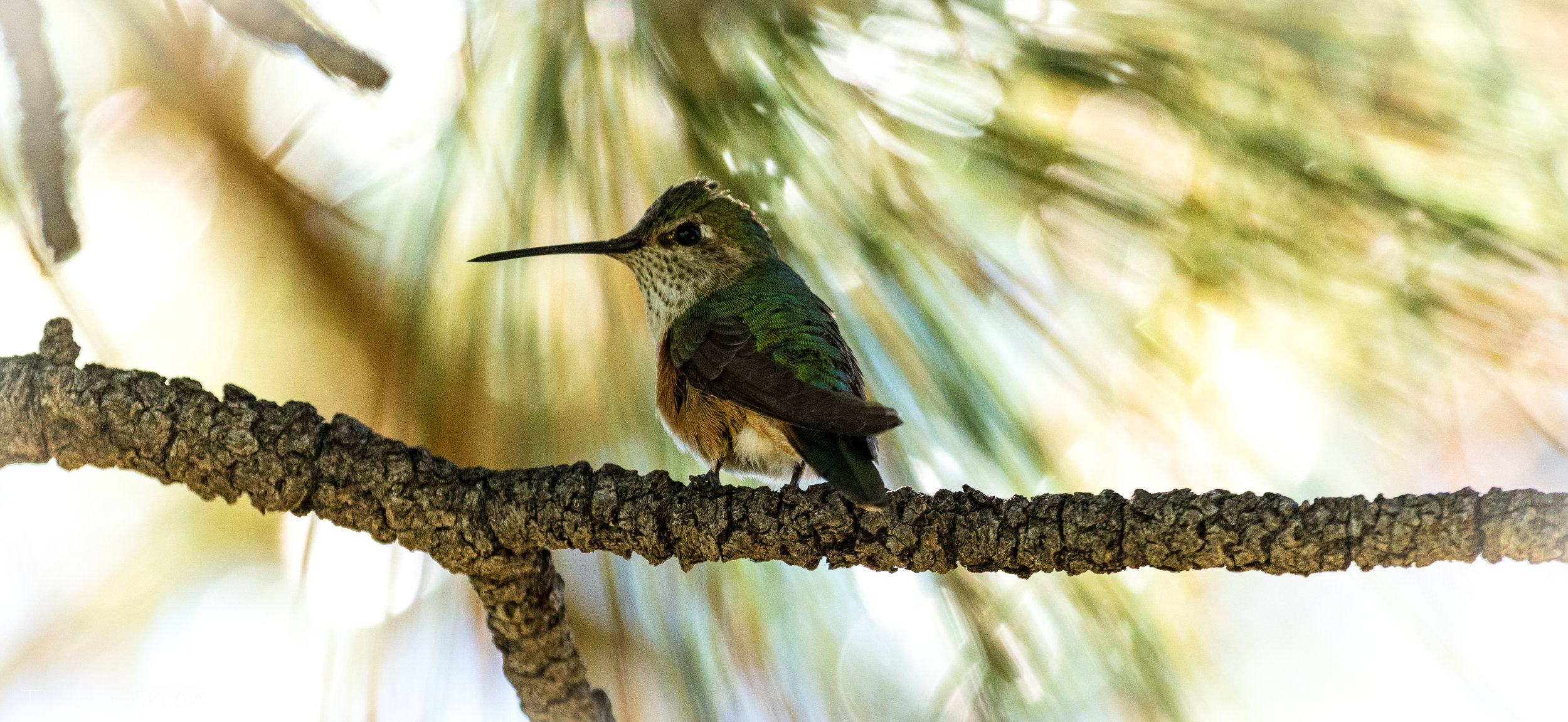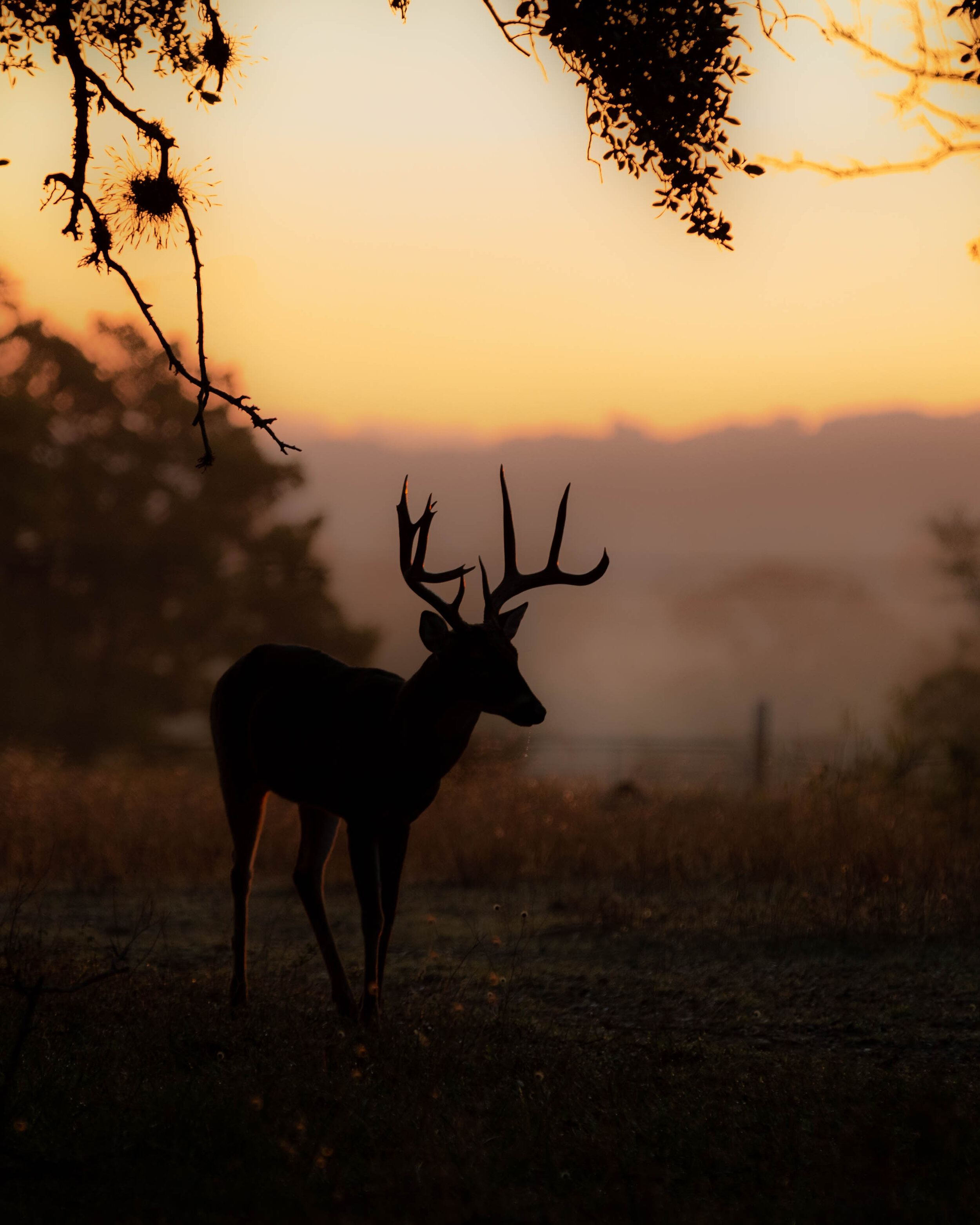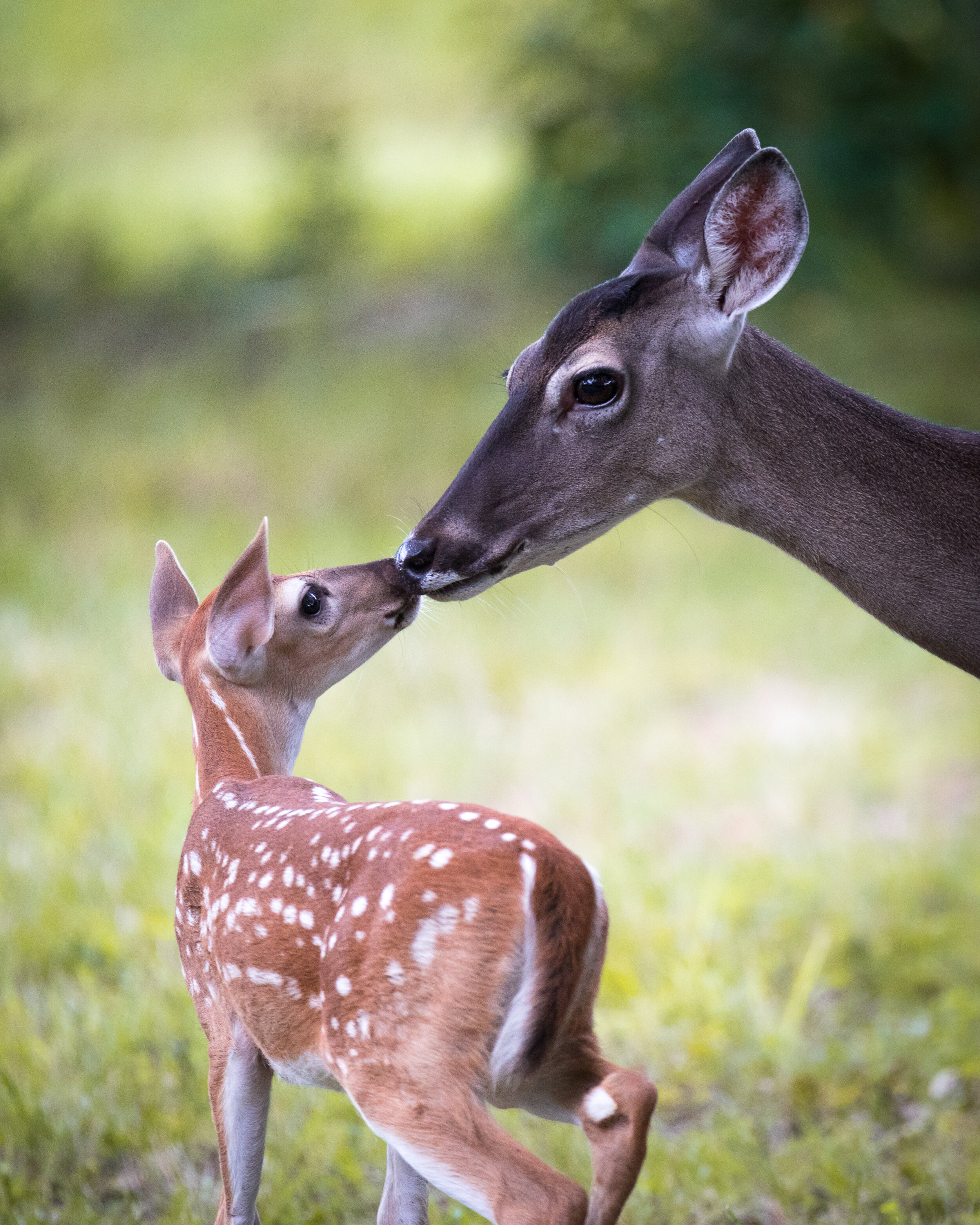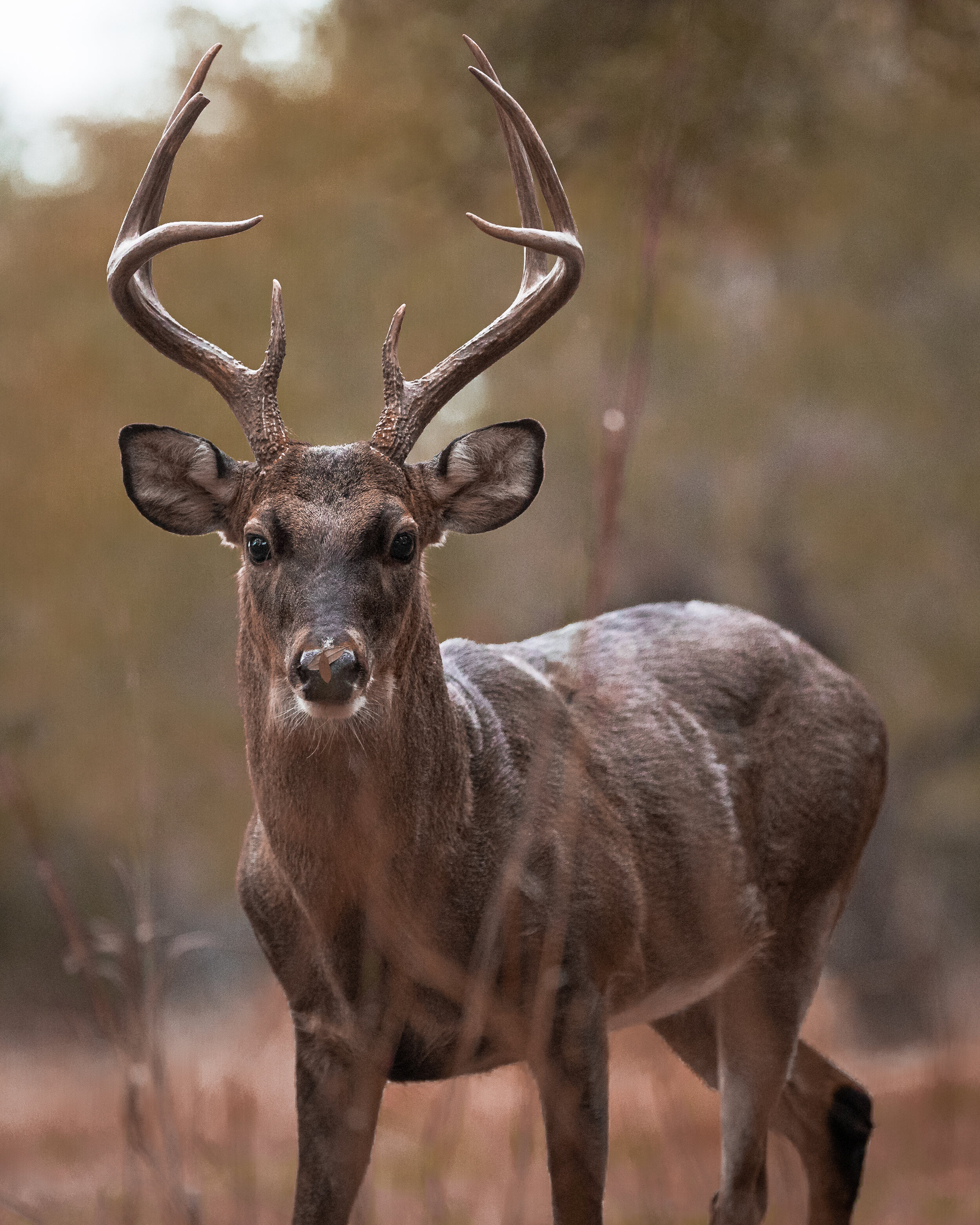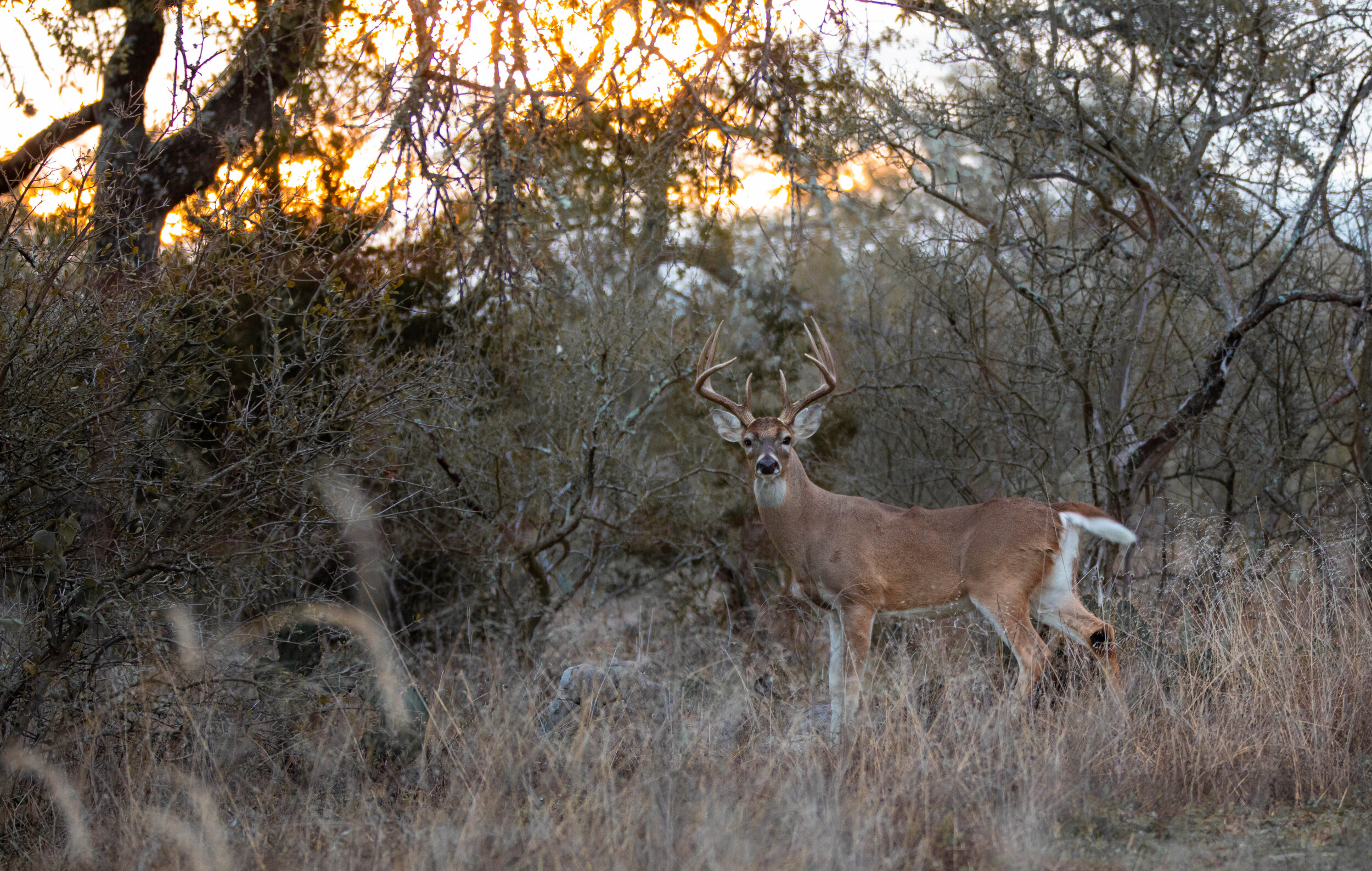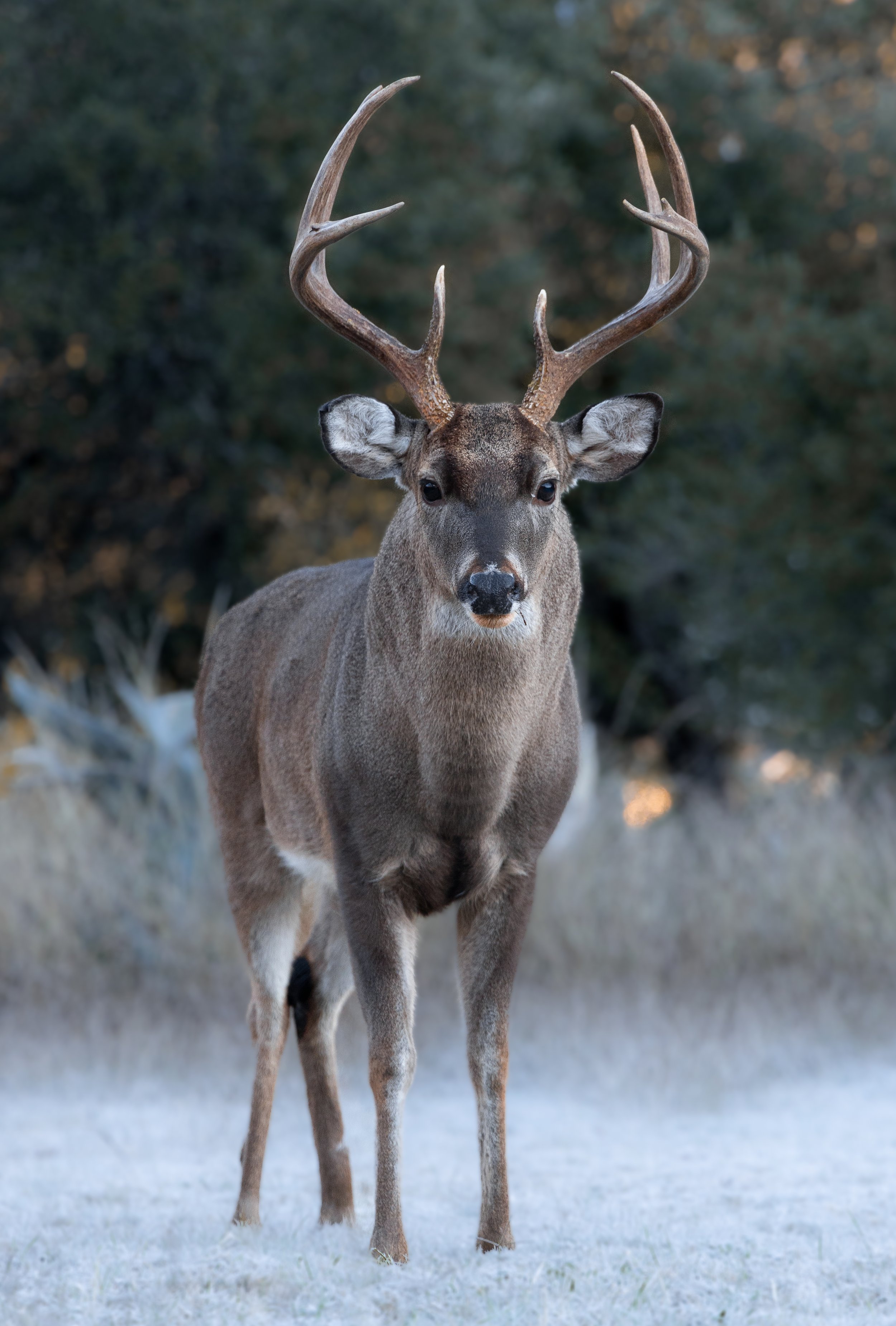I’ve been shooting outdoor photography and video for the better part of the last decade and a half. In that time, I’ve upgraded my camera body and cycled through dozens of lenses. As a matter of fact, as I am writing this article in a South Austin coffee shop (hang on, I gotta go grab my cappuccino) I’m actually contemplating picking up a new camera body from a gentleman on Facebook Marketplace this afternoon. I have a problem, don’t judge me..
However, what I’m writing about right now is how to know when NOT to upgrade your gear, or better yet, how to not obsess over whether you really need that new camera body or lens. It’s a trap I’ve seen many people fall into, including myself. The never ending urge to upgrade, and the nagging feeling that your shots could be just that much better if only you had that new thing. Hopefully by reading this, you can learn from my experience on when you only think you need a new piece of gear and when you actually need it.
Evaluate Your Current Results
The first thing I’d recommend to anyone who has the new gear bug is to do a little exercise of self-reflection. Open up lightroom (or whatever photo processing app you use), and go through your last few sessions of shots. Resist the urge to edit any photos or get distracted, but really observe what you captured, and how many shoots you’ve had in the last 30 days or so. If you’re not a working professional photographer, you may find that you haven’t shot that much in the last month. If that’s the case, you may not have a gear problem, but an inspiration or motivation problem. That’s a totally different fix. In that case, get your ass off the computer and go shoot something. Then come back.
If you don’t have an inspirational motivational problem, then start scrolling through those photos with a critical eye. Pick out a few of your best shots, and maybe a couple that didn’t work. Here’s where you need to be really honest with yourself. The shots that worked - why did they work? I’d bet my cappuccino that most of the ones that you like the most worked because of basic photography techniques and principles - great lighting, properly executed composition, a really spectacular moment or an interesting subject. Well done, you made a great photo.
Now, for those others… the shots that didn’t work. Why did they fail to hit the mark? Did you have the lighting you needed to make the shot? Was the composition solid, and the subject interesting? Did you miss on any of those? Was your technique appropriate for the situation (ie. shutter speed, ISO, aperture etc.)? Hot tip, if you’re using Lightroom, use the shortcut [insert function] to see all your camera and lens settings while you took the shot.
There’s an old (and probably politically incorrect) adage, “Is it the Indian or the arrow?” If you failed on any of the basics, then it’s not the arrow’s fault that the shot didn’t work aka not a gear problem.
On the flipside, if you notice that you had a great subject, your composition was strong, and you had the best possible settings on your camera dialed in, but the shot didn’t work, start by asking a couple of questions. What would have fixed this? Would upgraded equipment have made a tangible difference? Could a camera body with more dynamic range have made the shadows or the highlights salvagable on a landscape shot? Could a shallower depth of field from a faster lens have made your subject pop more and made for a more compelling image? Remember, we’re being totally honest with this self-review, so make sure that these are real issues that caused the image to be unusable, and not just nice-to-have types of improvements. If the new gear only improves the photo by 2%, then it’s not worth the expense.
Gear as Motivation
This is something that gets me a lot, and I’m betting a few of you have run into this as well. You find that your motivation to get out and shoot more photos is the absolute strongest right after you pick up a shiny new toy, and you race out into the world to use that new body or lens, and you are just amazed at all the cool shots you’re finding with such ease. It’s like Christmas morning, and for a brief moment, you might even feel like you did when you first discovered the joys of photography. You’ll shoot anything because you’ve got a fresh eye, and sub-consciously you might even think it’s the new gear that is propelling you along to new heights.
But there is a problem. This motivation is fleeting at best. It’s a false sense of excitement with diminishing returns that fall off exponentially after those first few trips. Soon you’ll find yourself unmotivated again when the shine of that new piece of gear wears off, and your shots will start to feel pedestrian again. This is the moment where I typically find myself back reading gear reviews or cruising the web looking for things to upgrade. I’m like an addict chasing that previous “new gear” high. Don’t fall into that trap.
So how do you break that cycle? Well, to keep going with that addict comparison, you’ve got to break the habit. If you feel like you’re stuck in this type of a rut, the solution is simple but difficult. GO SHOOT SOMETHING. If you don’t know what to shoot, take a walk with the camera in hand. Find an online photo challenge on a subject that you’re interested in, and go try to get a shot that fits whatever criteria is set. There are literally thousands of these photo challenges online at any given moment. It doesn’t even matter if you enter your photo, just use it as a vehicle to get back out there. Another good use of time is to join a local photography group, or catch up with other photographer friends to see if you can schedule time to catch-up and shoot. It’s easier to be motivated with a buddy, and you’ll keep yourself from going back to obsessing over gear.
Gear is Expensive, Spend on Things that Matter
Here’s something you may not know about photography. This shit can be expensive. I shoot Canon primarily, and they seem to be hell-bent on making their latest and greatest lenses the same cost as a 4 door sedan, especially their long lenses for wildlife photography. This creates a big challenge for someone like me who doesn’t do this professionally.
Similar to some of my previous points, here’s another opportunity for a bit of self-reflection. Take a new thing that you might be wanting - let’s say it’s a new lens for the sake of this example. Price it out, check B&H, check Marketplace - what’s the hit to your wallet going to be? Now, with that number in mind, do some research on places you could go using that budget. This doesn’t have to be a trip around the world (though it certainly could be if we’re talking long lens Canon RF glass), and ask yourself, am I hamstringing my ability to go see the world because I’m focused on spending my hard earned cash on a new thing? Could I get some epic shots with what I’ve already got in my hand, and spend that money on a flight, or a car rental, or a trip to a National Park or some cool city?
Go on the trip instead or book that experience. You’ll be happier in the end, and probably still be able to get some shots with what you’ve got in-hand. Worst case scenario, if you’re really under-supplied in terms of the stuff you need to shoot the photos you want, try renting it from your local camera store or an online source like Borrow Lenses or Lens Rentals and then get out there.
In conclusion (my cappuccino is getting cold, so I need to leave), do your due diligence before you make the call to upgrade your stuff. There is definitely a time for it, but make sure it’s the right time, and you’re not just doing it for the sake of doing it. Let me know if any of this resonated with you, and if you’ve found yourself in a similar place. Now… where’s my wallet, I need to go buy that new camera body.
